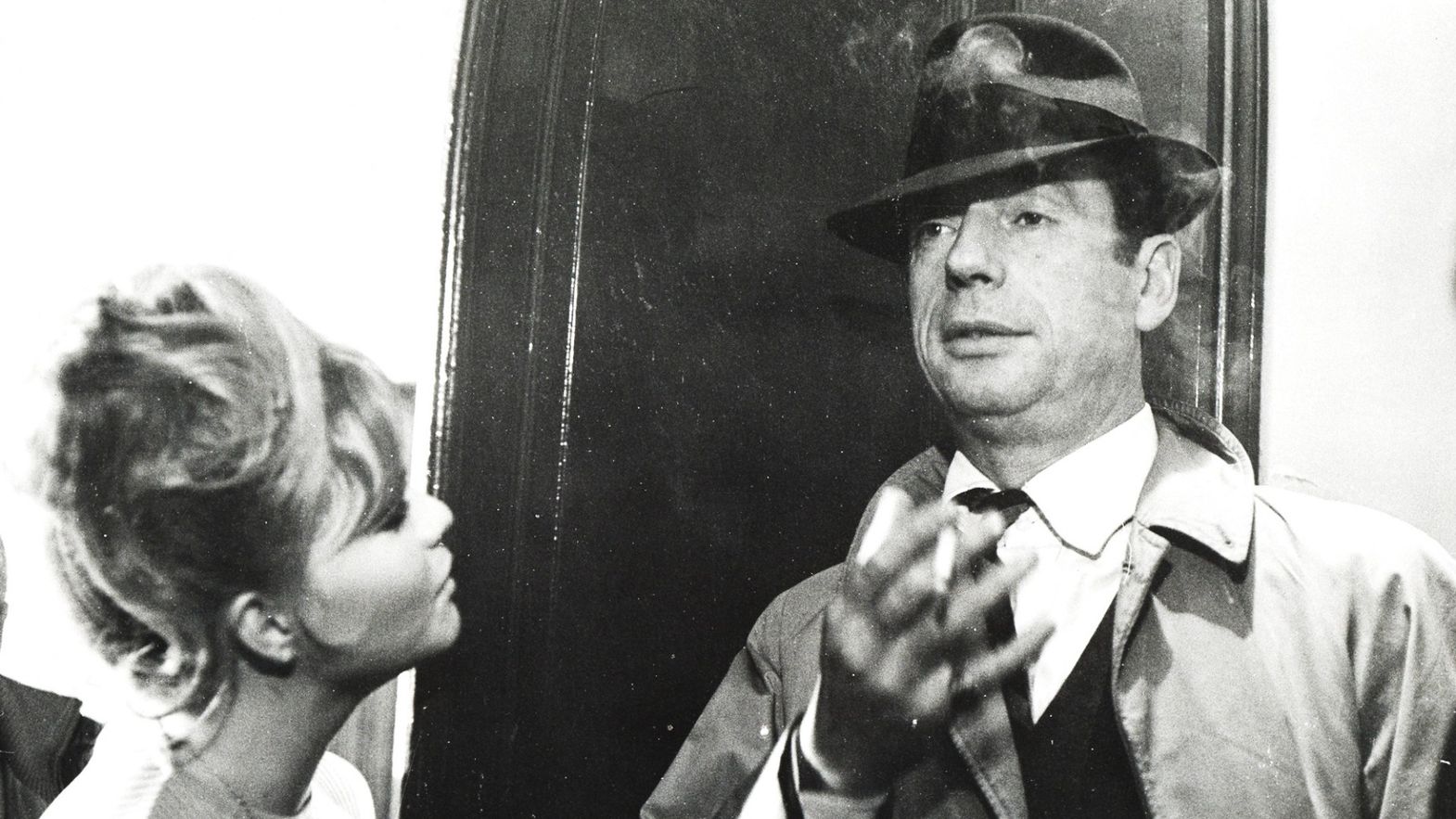Although clearly oriented towards a specific genre such as murder-mystery, Costa-Gavras' directorial debut already contained many of the aesthetic directives that made his subsequent films extraordinary, starting with Z (1969). In Compartiment tueurs we find a version of Paris that expresses at its core the Greek filmmakers's specific ability to capture the estrangement of the individual forced within the urban architecture of an alien, if not outright hostile, city - a characteristic that would later be extraordinarily expressed in the representation of Santiago de Chile in Missing (1982). At the same time the director also shows his willingness to peer into the system of power that is expressed in a bureaucratic web, asphyxiating in its monotony. After the beginning in the train which takes some of the protagonists from Marseille to the capital, the film deliberately "stops" inside the police station where Inspector Grazzi tries to solve the murder case. Impersonal offices and dusty corridors become the symbol of a culpably distant state, which is however not “other” to the citizens who compose it. And it’s here that the harasser René Cabourg becomes both the cause and the effect of the Country’s of moral and civic collapse.
A film adaptation of Sébastien Japrisot's novel written by Costa-Gavras himself, Compartiment tueurs offers a social cross-section of remarkable precision, a look at French society analyzed through a realism that is often loaded with the grotesque. Legendary names of transalpine cinema such as Yves Montand, Simone Signoret, Michel Piccoli, Jean-Louis Trintignant, Jacques Perrin and Charles Denner make up a cast that lends itself to the game of Costa-Gavras with a sense of exemplary corrosive irony. The author shows that he made as his own the aesthetic lesson of the Nouvelle Vague that exploded at the end of the previous decade and at the same time that he already "overcame" it by proposing his vision of the fully accomplished moviemaking. In Compartiment tueurs there are both an entomological study and an analysis of the French social structure but there is also entertainment, as evidenced by a final sequence shot and edited thinking of the best action cinema of the period. A combination that would later distinguish some of his great masterpieces. On closer inspection, much if not everything was already contained in his debut film. Simply under other guises...
Adriano Ercolani
